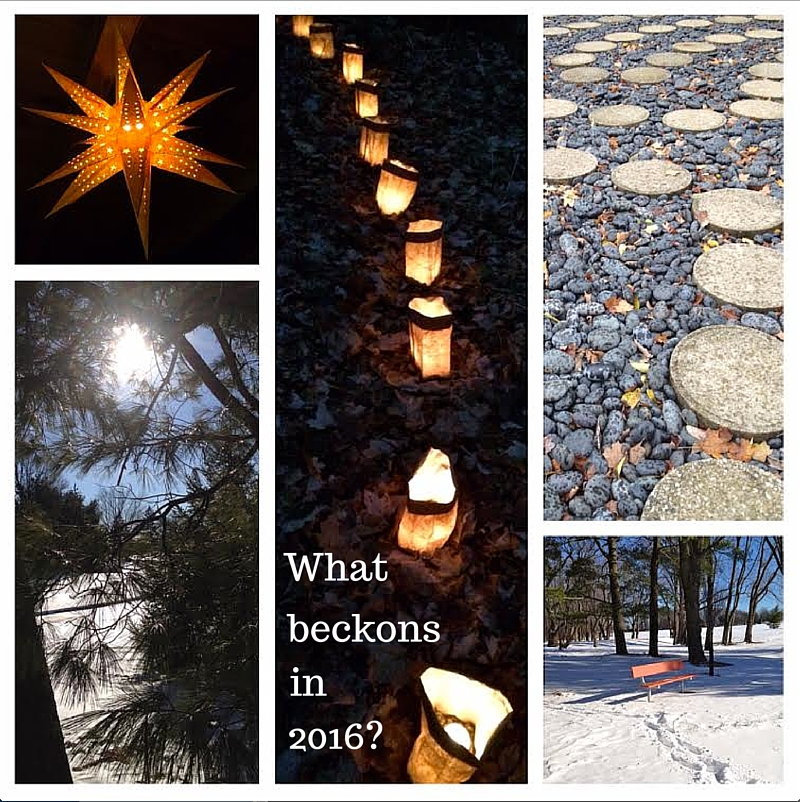Glimpses of Healing and Hope
by: Jane Bishop Halteman
January 11, 2016

The start of a new calendar year finds us poring over retrospectives and to-do lists, reflecting on clean sweeps and new challenges, taking stock and setting intentions.
Reportedly our cues to look to the future and the past at this time of year date back to Janus, the Roman god of beginnings and transitions after whom the month of January is named. Janus is typically represented as having two back-to-back faces, one looking ahead and one looking behind.
As we confront the next 12 months head on, some of us seek practices and disciplines to evaluate the past and organize the future, hoping to replace what’s superfluous with new goals and challenges. Perhaps ways of operating that once worked for us no longer support the life we want to lead; alternatively, new learnings may beckon us in directions different from those to which we are accustomed.
A simple version of the daily examen offers one way to review the last year. Try bringing to mind the moment from the past 12 months for which you are most grateful and the moment for which you are least grateful. What do you observe as you compare the two? How does that observation inform your readiness to move ahead into 2016?
I love these words from Joyce Rupp about setting intentions for the year in January: “Our life is a journey. We are always ‘on the road.’ Each time another January greets us, we have an opportunity to pause, to see where we have been, to notice how far we have come, and to ponder how that journey has been for us. Each new year is also a time to clear our vision, to take stock of our resources, and to refresh our dreams as we set out once more on the journey that is ours.”
Rupp further suggests that the start of a new year is a good time to identify the people, places, events “that blessed us, affirmed us, enlivened us, and enriched us” even as we notice the “situations that challenged us, tested us, discouraged us, or maybe even tried to destroy us.”
And as we assess the past year, Rupp adds that we also might ponder our present situation. “What are our inner resources? Do we need to refuel, to restore our energies? Are we prepared to continue on the road? Have our spiritual suitcases worn thin with all the clutter we’ve stuffed into them along the way? What kind of nourishment will we provide for ourselves as we travel? Are we moving too slowly or too quickly? Are we aware of the people who are on our roads? Do we stop to meet them, listen to them, learn from them?”
Where are you headed in 2016? What will guide you? Some of us choose a word for the year or make resolutions to help steer the course. Some set new goals and challenges, take up new disciplines or practices. Some, who find sufficient comfort in the idea of a clean slate and starting fresh, manage to go with the flow and remain open to whatever comes.
If you are not inclined to declare your own intentions for 2016, consider these recommendations made by Pope Francis at the start of 2105: create time for others, meet the poor “in the flesh,” befriend those who disagree, make it a habit to “ask the Lord,” be happy.
David Whyte’s poem, featured here in this Parker Palmer Facebook post, promises that “inside everyone is a great shout of joy waiting to be born.” Why not accept the challenge in 2016 to find your great shout of joy?